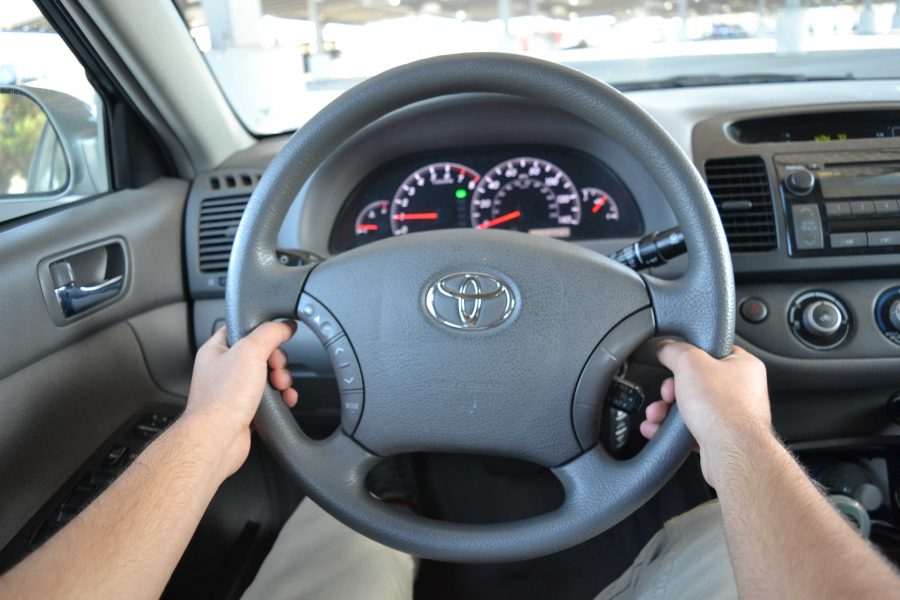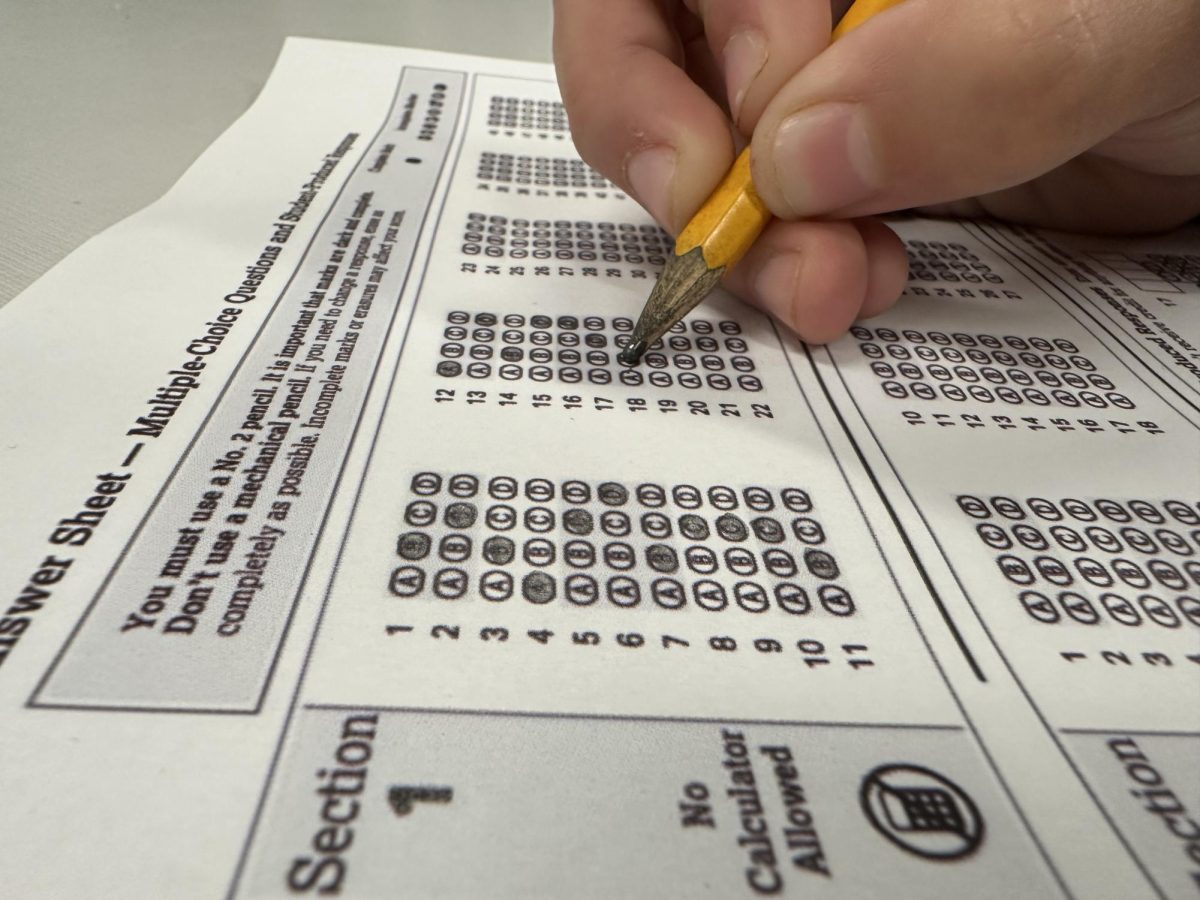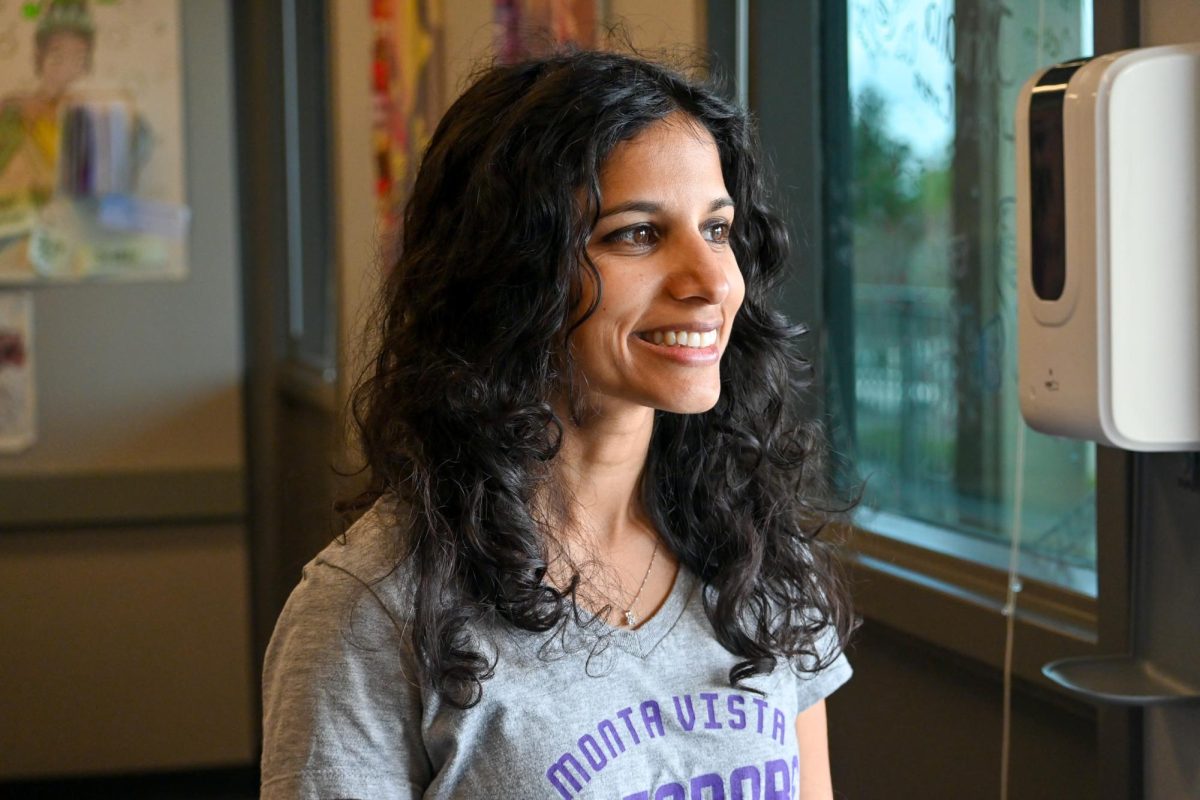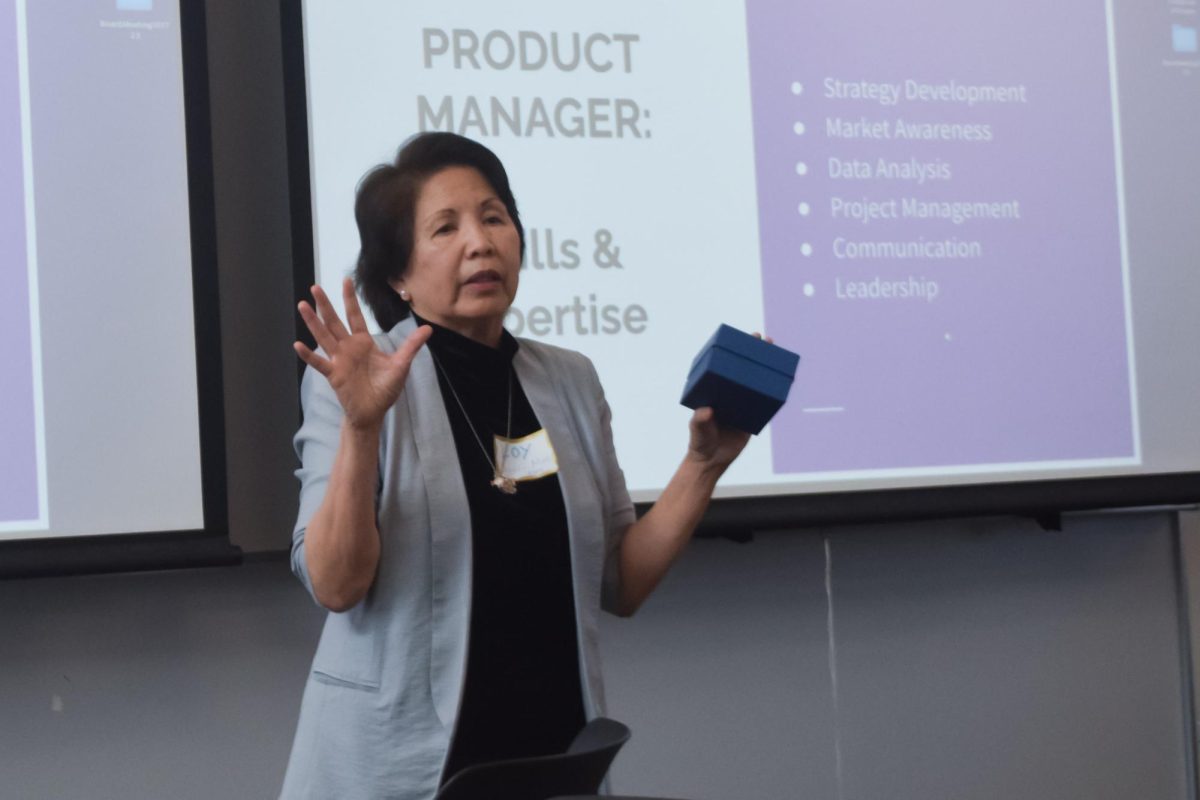His car slipped and slid onto the curb. When Sullivan-Hayes got home that night, unsurprisingly, his parents were upset.
But what they didn’t know is that when he got in that accident that night, in his car were two other people. And Sullivan-Hayes had gotten his license six months earlier.
According to California law, during the first 12 months after you are licensed, you cannot drive between 11 p.m. and 5 a.m. and you cannot transport passengers under 20 years old, unless you are accompanied by a licensed parent or guardian, a licensed driver 25 years old or older, or a licensed or certified driving instructor.
California’s DMV laws are some of the strictest in the country. After taking driver’s education, passing a permit test and practicing for six months with a guardian in the car, drivers are allowed to take a license test. Once they finally get their license, they must wait another full year to drive anyone else in the car.
But, in a survey of 82 MVHS students, 45 percent of students said they do not follow the rule about waiting one year to drive other passengers. Sullivan-Hayes is part of that 45 percent. He got his license in Nov. of his junior year and waited a total of two days before driving his friends around. Sullivan-Hayes felt that he was equally scared of messing up with friends in the car than he was of messing up at all, so he figured it didnít really matter.
Junior Madi Anderson, however, is an exception.
“For one, it’s the law and I try to follow the law as much as I can,” Anderson said. “And I wouldn’t really feel comfortable driving my friends because it’s really distracting to have other people in the car.”
But even Anderson, who follows the rule strictly, believes that if a person feels confident, then it shouldnít be a problem.
“I figure it’s their decision. If they think they’re ready to drive other people and actually believe that they’re good enough, that is their choice,” Anderson said. “I don’t have a problem with it. They can personally choose not to follow that rule, just like I personally [choose to].”
School resource officer of Santa Clara County Sheriffís Department, Deputy Lee Hickenbotham, disagrees.
“Although they feel confident in their driving, most of them [are] not really paying attention to your surroundings [with others in the car],” Hickenbotham said. “I’ve seen a lot juvenile drivers make mistakes.”
According to the California State DMV, “both men and women, drivers aged 16 to 19 years of age have the highest average annual crash and traffic violation rates of any other age group.”
Despite these high rates, 35 percent out of 221 MVHS students still view this rule as extraneous. But, Anderson believes that the year provides her with ample experience and practice before she drives other people, which potentially could have many serious consequences.
“My parents are not strict at all and basically let me do whatever I want, so I kind of have to be more mature about that and I take it upon myself to try and follow the rules as much as I can,” Anderson said.
According to Hickenbotham, police officers need a probable cause in order to pull over a driver. But if an officer pulls over a driver and they do have another passenger in the car on a restricted license, the officer will usually call the parents of the passenger and ask them to pick them up. In a survey out of 249 students, 54 percent weren’t aware of this.
Sullivan-Hayes acknowledged that some legislation should exist, but thought that a year was too long. Campus Supervisor Thomas Michaelis agreed with Sullivan-Hayes on this point.
“A year does seem a little a long,” Michaelis said. “Six months— it just sounds a little easier to do.”
But Hickenbotham believed that the year is just the right amount of time.
“I think that driving is a privilege and driving is something also has to do with maturity,” Hickenbotham said. “So I think that the wait time is perfect.”
Sullivan-Hayes hasnít driven much since that late night in April but he feels that his driving is still improving.
“I’d say I got better as a driver. I was a pretty poor driver for like a month or two months, then I started suddenly like actually catching onto everything. Like all the subtleties of driving,” Sullivan-Hayes said. “So, when I reached that point of greater proficiency, I was a lot less fearful of having other people in the car.”






















